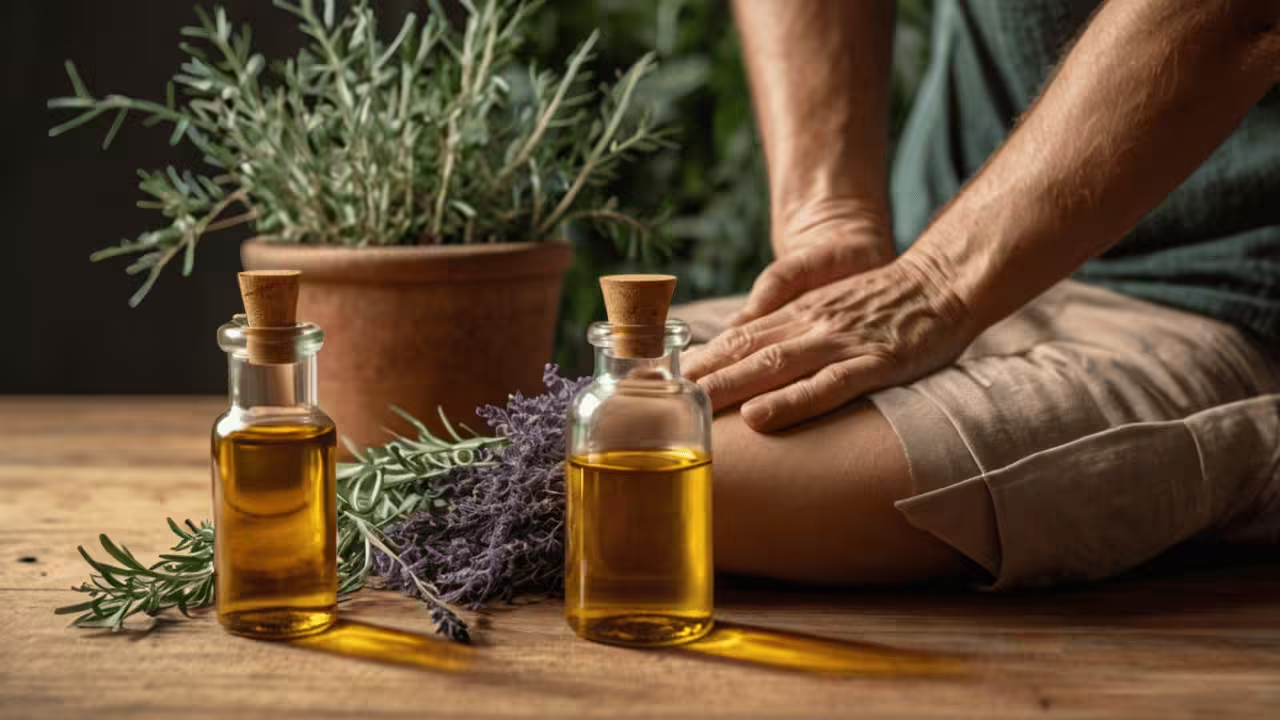Natural Oils for Joint Pain: Best Remedies for Soothing Relief
Natural Oils for Joint Pain: Best Remedies for Soothing Relief Possible Oils for Pain Relief from joint pain Natural oils for joint pain have been widely popularized as having the ability to give comfort and reduce discomfort and inflammation. Some of the most popular choices are peppermint oil, which has a cooling effect and can


